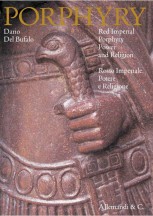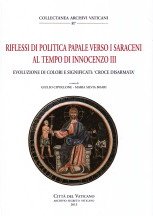Prof. Dario Del Bufalo
Specialist in stone sculpture , colored marbles , glyptics , restoration and Geoarchaeology
The floor in “The Ambassadors” by Holbein is NOT the one in Westminster Abbey
Hans Holbein the Younger, The Ambassadors. 1533. Londra, National Gallery.


Detail of the floor with the graphic removal of the anamorphic skull and the reconstruction of the ‘Star of Solomon’. Among the marbles portrayed, one can recognise the Greek Serpentine Green, with its characteristic ‘cross’ design (from which one of its names, lapis croceus, is derived). One can also identify the Egyptian Red Porphyry, in a pinkish tone instead of the purple-red shade and used in a not particularly suitable design.
The historiography of the painting has it that the design of the floor is the precise reproduction of the one in Westminster Abbey.
Comparing the floor in the London abbey to the one in the painting of The Ambassadors, it is clear both for the size and style, that it cannot be the floor that inspired Holbein.
The floor under the feet of The Ambassadors is a much simpler quincunx than the English abbey floor and, both for the detail of the design and for the materials used, it can more likely be attributed to one found in a Roman or Venetian church. Note that the external rotae of the quincunx are white marble (Carrara or Calacatta) and have replaced those that were coloured marbles, in a restoration prior to the painting’s execution.
The extreme accuracy with which Holbein painted this small white marble rota, with its veining typical of Calacatta, suggests that he wanted to ‘portray’ a real floor that existed somewhere, even with the detail of its restoration. The tradition of replacing the damaged coloured marble rotae with white marble discs, is evident in Rome in several, rather old restorations, such as the one in the chapel of San Silvestro or the one in the central nave of the Basilica of the Santi Quattro Coronati.
Scarica l’articolo completo (PDF 524 Kb)
Estratto da Marmorari Magistri Romani di Dario Del Bufalo. Roma, L’Erma di Bretschneider, 2010.
 English
English Italiano
Italiano




